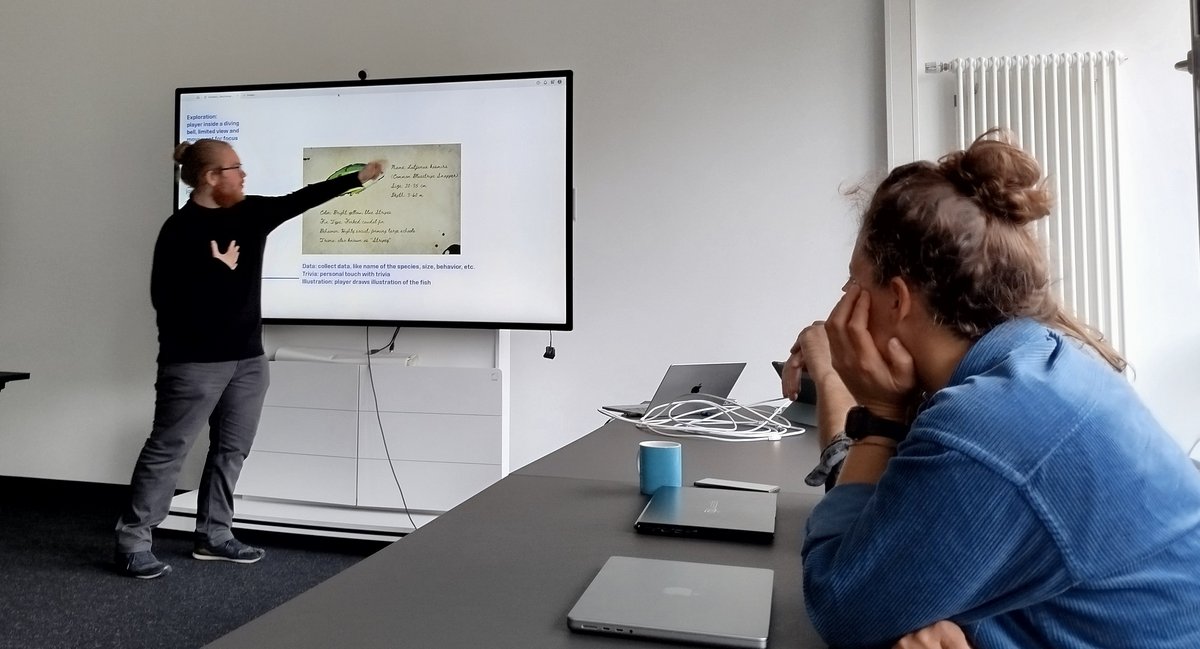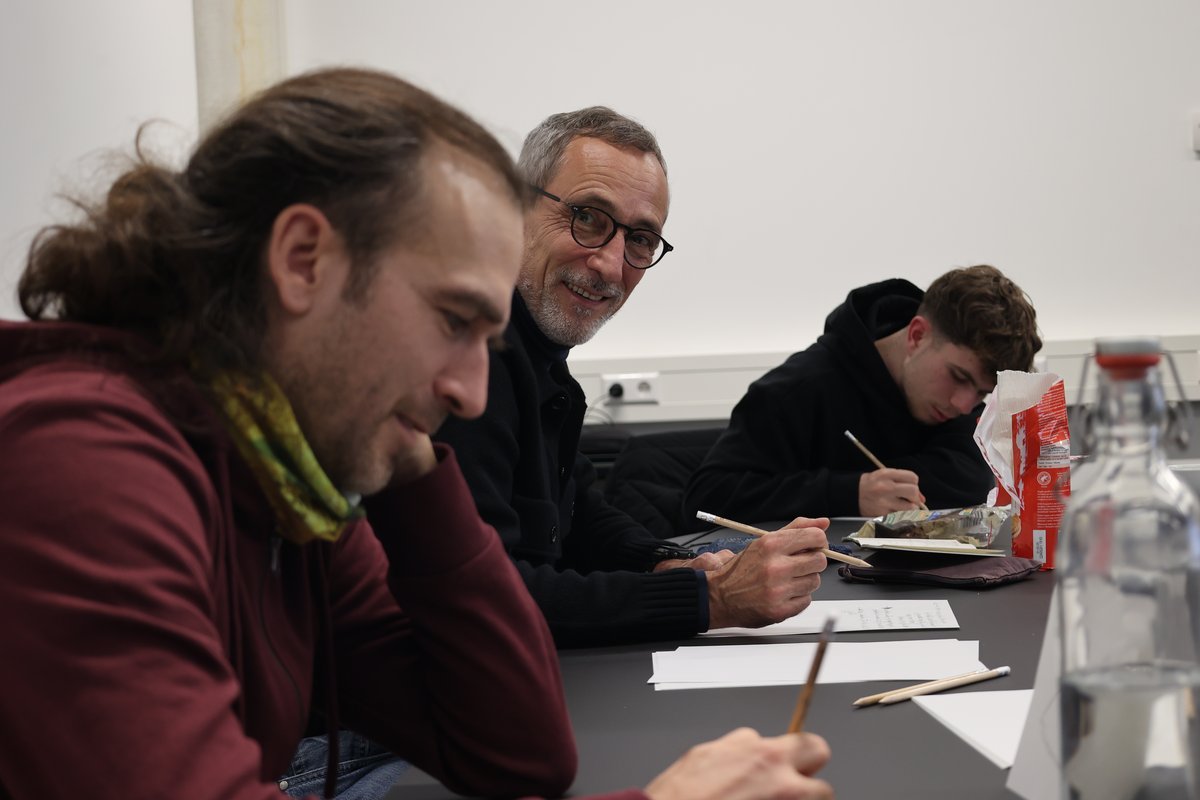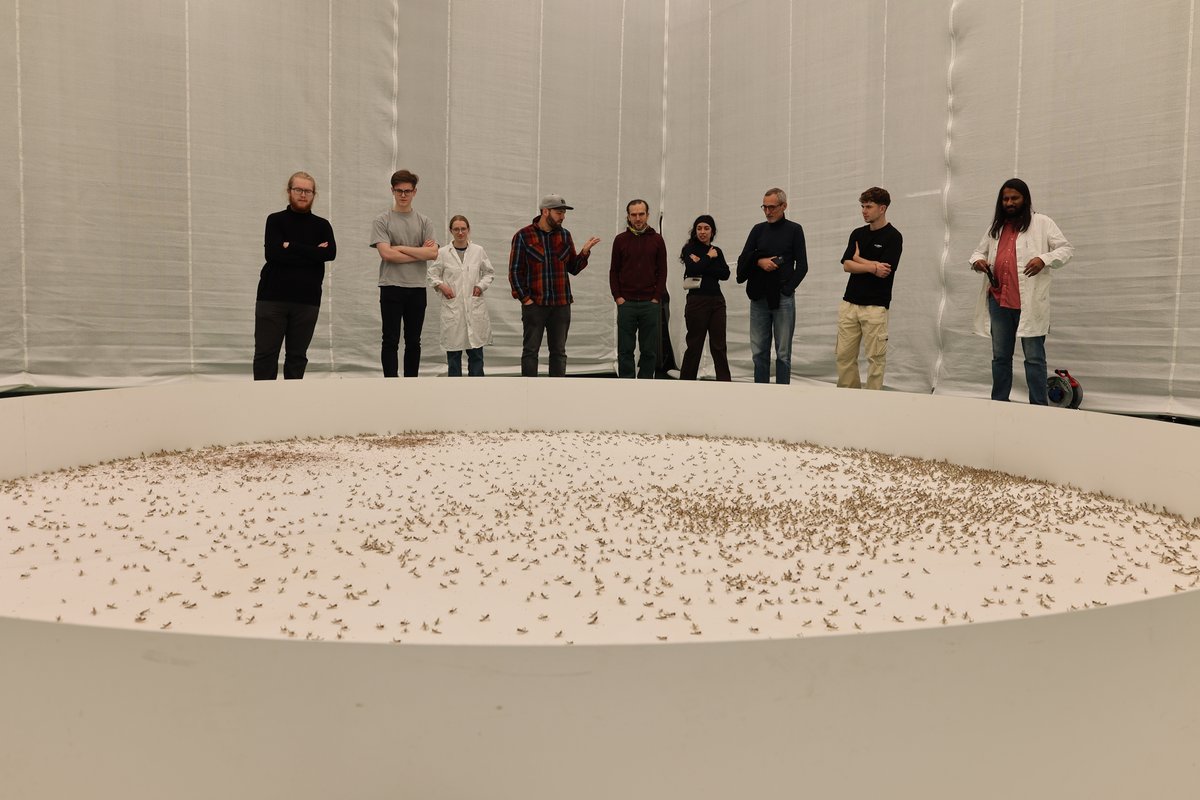
Sharks, schools of silversides & the rest
Goals
The project aims to combine different types of media, using photos, illustrations, (360°-) videos and scientific data for interactive storytelling. The result will be a virtual exhibition, that the user can experience in an interactive way in Virtual Reality.
- The question of mediality: What does it mean to represent one medium (e.g. photography or illustration) in another one (e.g. VR), and how can it be done? In their book “Remediation – Understanding New Media“ Jay David Bolter and Richard Grusin describe four basic principles of how a medium can be represented in another. This classification will serve as a first starting point for our considerations and further developments.
- The question of multiple media storytelling: How can different types of media be combined to a space that lets users experience even complex contexts in a captivating, and comprehensive way. We will have a look at the long history of storytelling, including theatre (and stage design), architecture and installations (like cathedrals, museums, and panoramas), and interactive formats like games and virtual worlds. We then will explore different types of concepts in a series of experimental exercises.
Use case
On a field trip to the Maldives, Angela Albi, Luke Costello and August Paula observed sharks and schooling fish. But their interest also focuses on the everyday life of the fishers and the ecological and economic situation on site. This includes the impact of tourism (one of the main economic pillars of the Maldives) and global warming (the Maldives are the lowest country in the world with an average of 1,5 meters above sea level). The scientists documented their trip and research with many different media, like (360°-) videos, photos, sketches, and measurements of scientific data. The art and design students from the Merz Akademie will use this material and the input of the scientists as a basis for the project.
Project workshop in Konstanz
During a two day project workshop the students from the Merz Akademie presented their work, discussed their ideas with the researchers and got a guided tour through the facilities of the CASCB such as the Imaging Hangar where a study with 4.000 locust was conducted.
Involved people
Students from the Merz Akademie: Karl Hartnigk, Philipp Hinterkopf, Zoé Kellermann, Lars Weber
Researchers from the CASCB: Angela Albi, Luke Costello, August Paula
Course leaders at Merz Akademie: Mario Doulis, Jörg Frohnmayer
Science Communication: Elisabeth Böker



